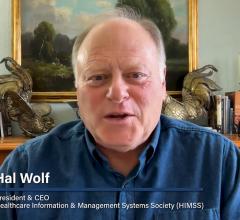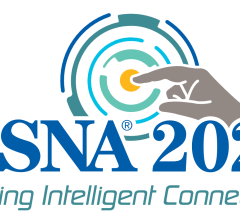If you are part of a health system that has spent months building and designing a new picture archive and communications system (PACS), it is undoubtedly an exciting time. Reaching the point of PACS activation and getting staff up and running is a true milestone. Once your company reaches this point, it may feel like the hard work is over and that it is time to take a deep breath, but in reality there is still much more to do and questions that have to be answered in order to fully support your organization during and post PACS go-live.
As with any new system, there are important topics to address, and to have readily available answers for. Some of the most common questions during PACS go-live include: Whom do you call first when you have a question? Does clinical staff know the difference between a problem with a printer and a problem with an application? What is the escalation plan for difficult or urgent issues? Knowing the answers to these questions, and having a well-thought-out plan of action for PACS support, all are key components to having a successful PACS go-live.
Expectations
The most difficult part of PACS go-live support is setting the clinician’s expectations about who will support them. You want to do this as early in the implementation as possible by starting a discussion with your organization’s medical directors when you organize the rollout. Posting support information near workstations and printers is also helpful. Request that medical directors discuss the support process in their department meetings. Repeat your message as much as you can because if it is not clear to everyone, they will call the person they know. That person is most likely the person who was in the department during their go-live and is now preparing for the next department. Finally, the most effective communication tool you have is the PACS staff; they are elbow-to-elbow with clinicians and office staff during the go-live. Sometime in the process the department staff will ask them, “What do we do when you are gone?” The PACS staff must convey a unified message when this happens.
Here is a scenario for supporting the PACS:
1. Department “experts”: They are part of your department and may have received extra training before the go-live and participated in application testing. They are the first line of support and can answer most questions, as they are most familiar with the departments’ clinical workflows and business processes.
2. The IT help desk: If the “expert” can’t answer the question it is possible the issue is not related to the PACS. The IT help desk may not be familiar with the PACS … yet … but can triage the issue. If they can handle it they will.
3. PACS analysts: If the help desk determines it is not a general IT issue and it is a PACS issue, they escalate to the on-call PACS analyst. The PACS analyst whose turn it is to resolve support issues will return the customer’s call and solve the issue.
4. PACS software vendor: Many issues are beyond an analyst’s experience, especially when the PACS application is new. Use your support agreement to its fullest potential.
The department staff should only have direct contact with two of the four levels of support when starting the support process; staff “experts” and the IT help desk. If the help desk escalates an issue to a PACS analyst it becomes the PACS analyst’s responsibility to contact the customer. Only a PACS analyst can contact the software vendor.
This escalation process is most important when rolling out the application to one department after another. When one department is complete the PACS analysts are working on the next in line and will be slowed down answering “how to” questions and dealing with general IT issues. Use your “experts” and the help desk so the analysts can keep moving.
After the rollout of the PACS is complete, this model is still effective, but you may add another support contact — department liaisons. A department liaison is a PACS analyst who is responsible for knowing a specific department or departments’ PACS workflows. If your project management team approves a project for their department they own it. The liaison will attend their department’s meetings, work with its leaders and give ad-hoc training. The liaison is your ears and eyes where the application is used. The liaison reports to you about their departments’ satisfaction or dissatisfaction before you hear of it via official channels. This allows for proactive, not reactive, action.
Whatever support plan you use, be sure and let all concerned know about it early in the process. It will eliminate at least one support question, “Who do we call?” Having this support plan in place will undoubtedly make for a smoother transition. itn
Mark Rowe is a senior PACS consultant for MedSys Group.


 November 29, 2025
November 29, 2025 









